
5 minute read
ANTONOV 225: The biggest aircraft in the world
ANTONOV 225: THE BIGGEST CARGO AIRCRAFT IN THE WORLD

Advertisement




The AN-225 ‘Mriya’, a six-engine aircraft designed on basis of the AN-124 ‘Ruslan’, is unique aircraft. Not only has it set 240 world records, but it is a record-breaker in its own right. The AN-225 is the holder of two Guinness World Record: the aircraft with the heaviest take-off weight; and the largest wingspan of any aircraft currently flying.

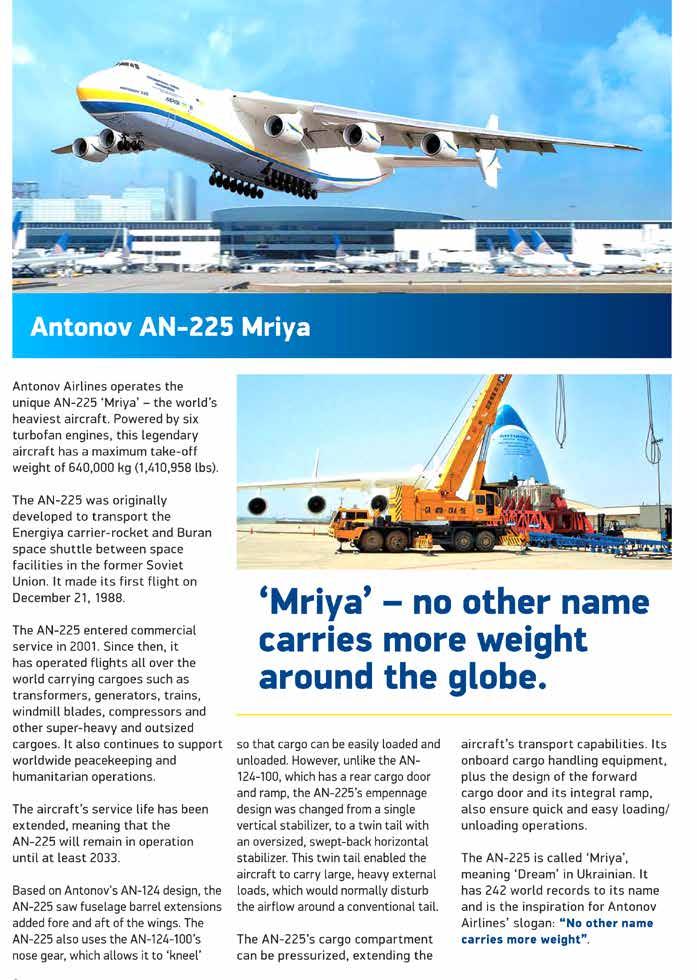

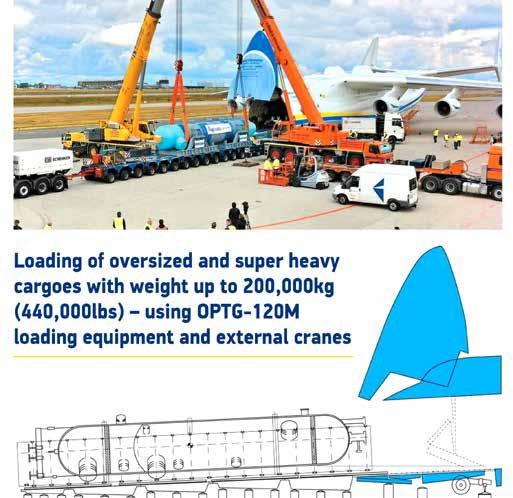
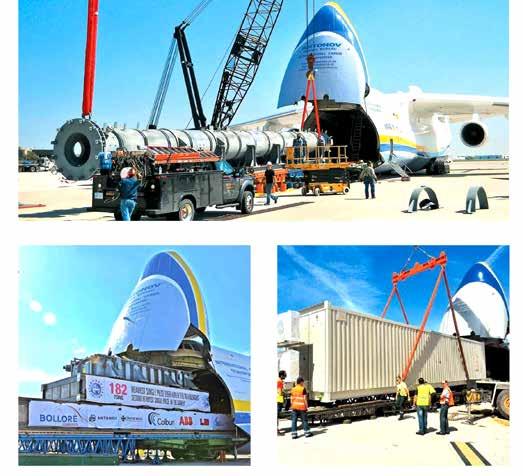
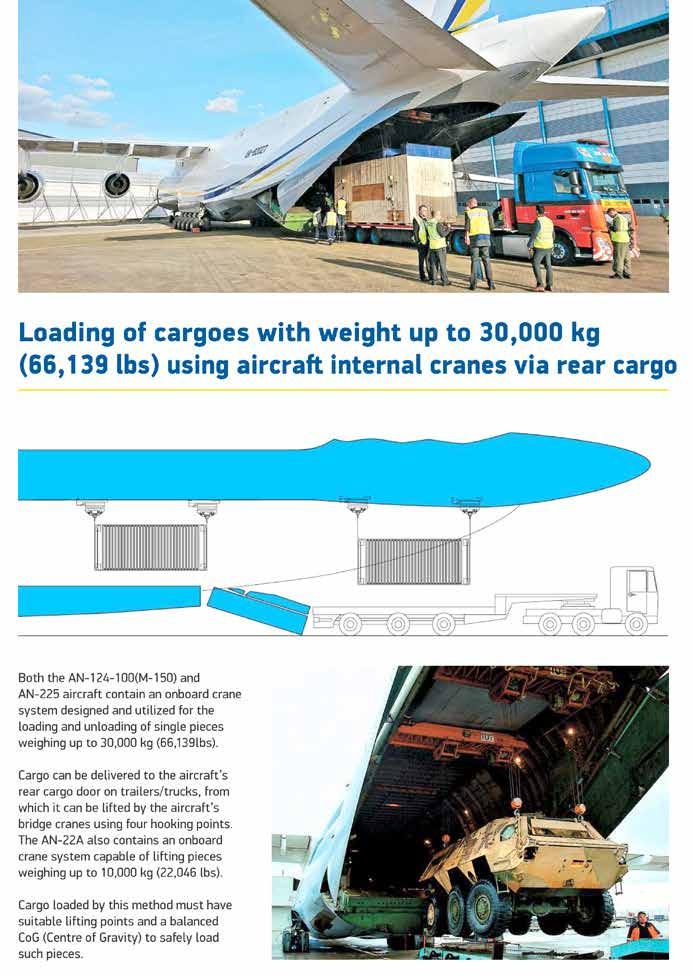
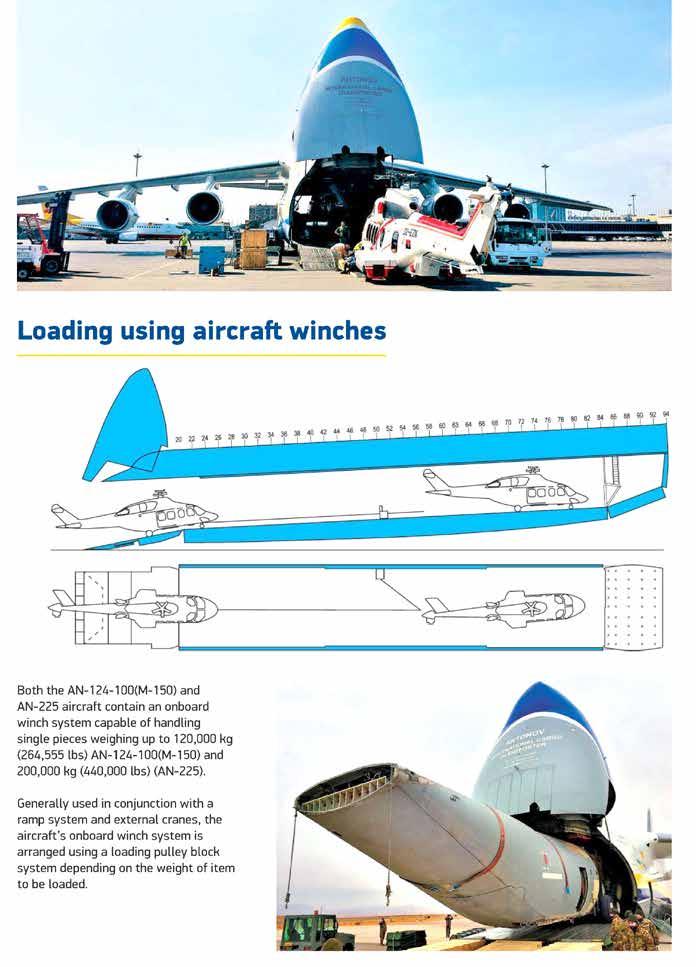
- Passenger and Cargo Air charter flights - Flight support services e.g fueling, handling, aircraft permits, meet & greet e.t.c - Co-ordinate Aircraft maintenance Aircraft parts - Co-ordinate Aviation Training - GSA for air operators
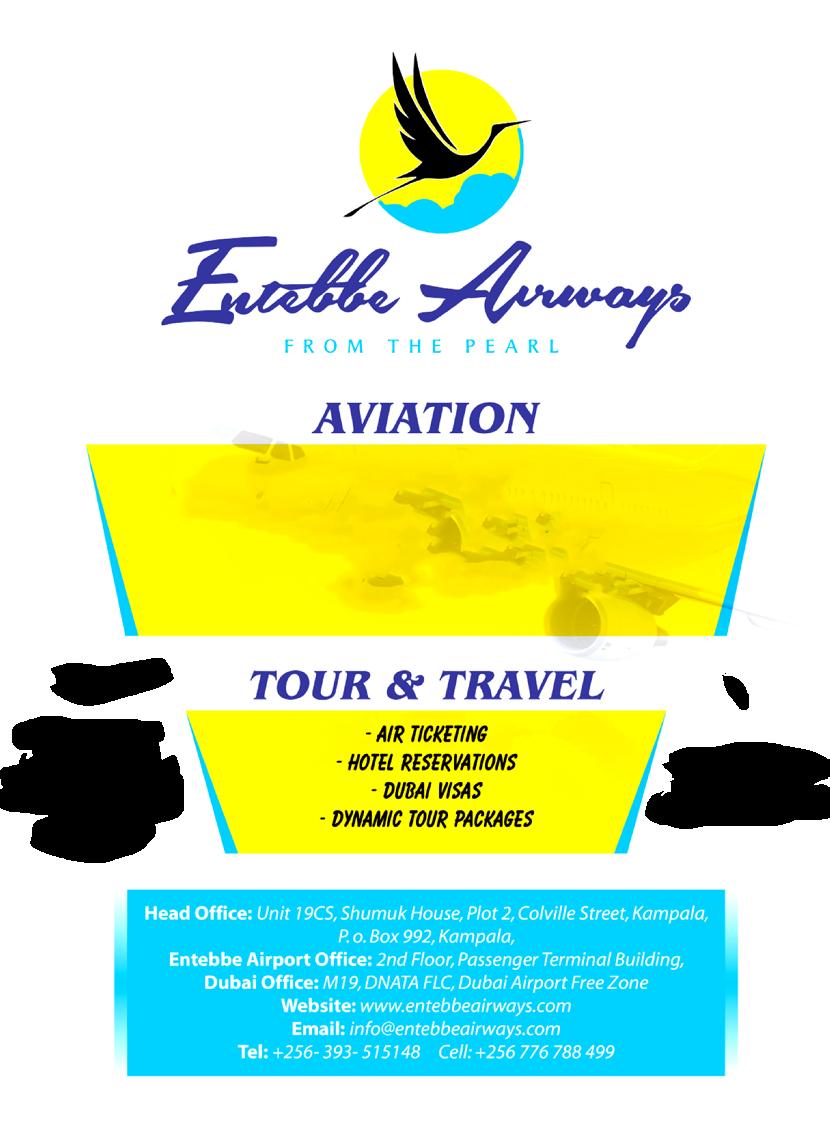
Mitigating the threat of surface to air missiles to civilian aeroplanes
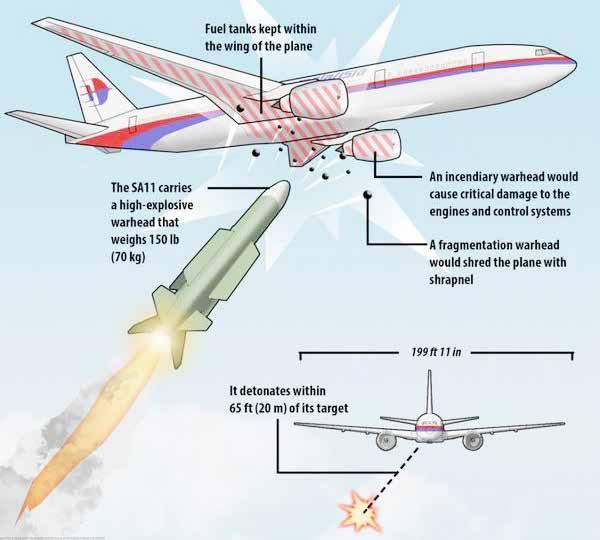
Surface ta Air Missiles(SAM) are also known as Ground to Air Missile(GTAM) or Surface to Air Guided Weapon(SAGW) or technically as ManPortable Air Defence System(MANPADS). They are missiles designed to be launched from the ground to destroy aeroplanes or other missile. They are anti aircraft system and can have a detection range of of about 10km and engagement range of 6km
Missiles are generally categorized into three types depending on the method used by the
missiles to detect and reach the target. They include Infrared Homing Missiles, Command Line of Sight Missiles and Laser Guided Missiles. Infrared Homing Missiles use infrared emissions from the aircraft to track and follow it. They are reffered as hear seekers and home-in on engine exhaust plume. Command in Line of Sight Missile (CLOS) reach the target by being guided visually by the gunner using magnified optical sight and radio control to fly the missile to the aircraft.
CLOS missiles are immune to flares and counter measures designed to defeat infrared homing missiles. And Laser Guided Missile uses a beam being focused on the target by the gunner and the missile identifies the aircraft to hit based on the laser spot
Threats to civilian aircrafts posed by surface to air missiles and other stand-off weapons are vexing concerns for aviation security. The presence of armed forces, terrorists blended with the limited capability to improve and extend security beyond airport perimeters and modify flight paths leaves civil aircrafts vulnerable to missile attacks. Some of the notable cases involve
i. On 8 January 2020, Ukraine International Airline Flight 752(PS752) operating a B737-800 from Tehran to Kiev was shot down shortly after take-off from Tehran Imam Khomeini International Airport. All 176 passengers and crews died
ii. On July 17, 2014. The Malaysia Airline Flight 17(MH17) operating a B777 was brought down over Eastern Ukrain after being struck by a surface to air missile
iii. The Lignes Aeriennes Congolaises, a nonscheduled flight from Kindu to Kinshasa was shot down by rebel forces just after takeoff from Kindu airport on 10 October 1998. All 41 occupants of the aircraft perished in the accident
iv. On the evening of 6 April 1994, the aeroplane Dassault Falcon 50 carrying Rwandan and Burundian presidents Juvenal Habyarimana and Cyprian Ntaryamira respectively was shot down with surface to air missiles as it prepared to land in Kigali, Rwanda. Flight had originatd from Dar es Salaam international airport, Tanzania. The accident killed all 12 people on board and incited Rwandan genocide
v. On 28 November 2002, two surface toair missiles were fired at a chartered B757 airliner as it took off from Moi International Airport. Fortunately, the missiles missed the aircraft and it continued safely to TelAviv
vi. On 29 September 1998, the Timil Tigers shot down using surface to air missile the Lion Air flight 602 operating the Antonov 24RV off the coast of sri-Lanka. The accident claimed the
lives of all 55 occupants
Following threats that surface to Air Missiles pose on aviation security, new technologies have been developed as countermeasures to reduce their threats to aircrafts.
They comprise of Infrared decoys flares that can confuse infrared homing missile, Direct Infrared Countermeasures(DIRCMs) which cause the missile seekers to misread the location of the aircraft and miss its target. And Missile Warning System(MWS) are capable of alerting an aircraft of incoming missile.
However, these countermeasures would take years to be installed in aeroplanes as they are costly for about $1-4 million per aeroplane and are likely to be ineffective against next generation surface to air missile due to technological advancement
For these reasons, efforts to mitigate the use of surface to air missile on civilian aircrafts do not have to rely on only the mentioned above countermeasures but also consider the following course of actions
i. Pilot training for likelyhood of surface to air missiles to ensure aircraft survivability. Commercial airliner crews are to routinely be trained to deal with more and serious damage caused by surface to air missile.
The training can be enhanced by simulation training and specific strike scenario, evasive maneouver training as well as adapting flight path on take-off and landing steepy to minimize time in danger zone. The importance and success of pilot training was demonstrated by DHL pilots in Iraq who landed their plane safely after a surface to air missile hit
ii. Protection of approach and departure paths by policing near by airport areas using unscheduled helicopter patrols alonfg unpredictable routes with known or suspected threats of surface to air missiles. Another way would be using un-manned aerial vehicle(UAV) to patrol the skies over the airport
iii. Shared intelligency and international cooperation should be promoted and increased to foil surface to air missile attacks, increase pilots awareness and cautiousness
iv. Disrupting surface to air missile training by limiting availability of training manuals and publications in the internet
v. Limiting the use of surface to air missles to only authorised operations and persons by designing missiles with microelectronics, computerised and GPS connections so as to restrict the use by unauthorised users or towards civilian aircrfts operating in the zone.
Thank you very much for reading






